5.1. M.C. Escher's 'Gravity'. In the print ‘Gravity’ M.C. Escher has used a star-shaped object on which twelve animals are situated [1]. For each animal there is a floor to stand on and a roof to cover. The floor and the roof can be seen as two layers. But the complete object is not a combination of two objects as in M.C. Escher’s print ‘Double Planetoid’ [1]. In this object (Figure 27) the star-shaped planes are connected in such a way that we can walk from any plane to any other plane.
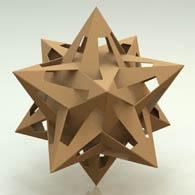
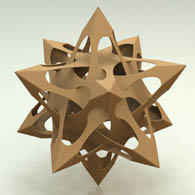
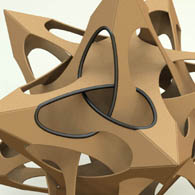
Figure 27: Escher's object
Figure 28: Enlarged holes
Figure 29: Trefoil knot



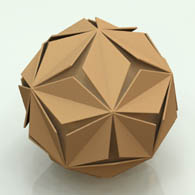
c
a
b

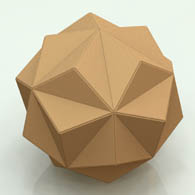

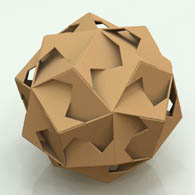
f
d
e



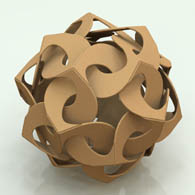
g
h
i
Figure 30: Stellation of the icosahedron
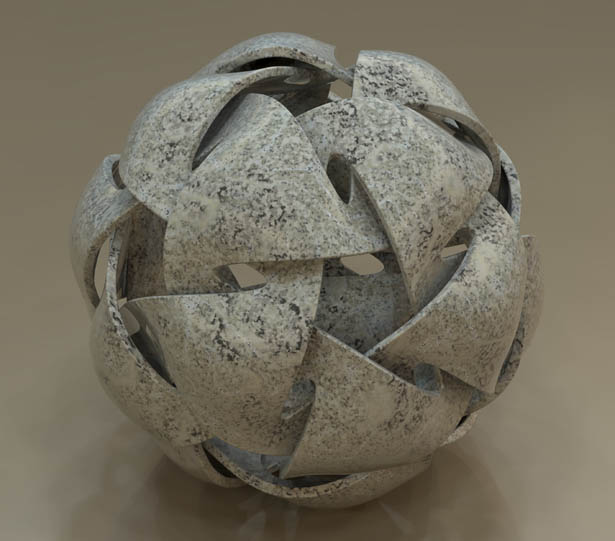
Figure 31: Double layer structure based on the icosahedron